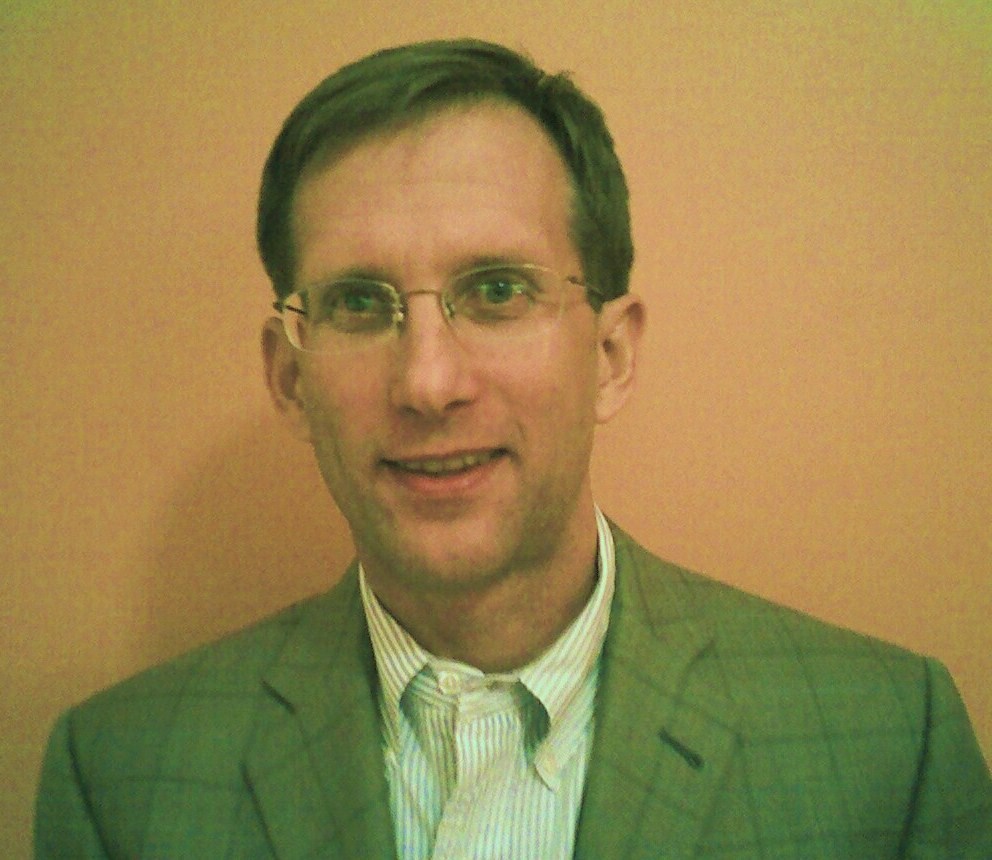
Something Amazon just did is worth those of us in health care paying attention to. It doesn't have anything to do with their long-rumored interest in health care, and it wasn't even The New York Times disturbing profile of Amazon's supposedly brutal workplace culture. Instead, it was the layoff of "dozens" of engineers at Lab126, Amazon's hardware development center, as first reported by The Wall Street Journal. These were the first layoffs in the division's history...What makes this is a cautionary tale for the rest of us is that even Amazon -- which is noted for their prowess with their online consumer experience -- can't necessarily get the physical consumer experience right. I think Wired captured the problem best, asserting that Amazon's consumer devices would have been more successful "if Amazon focused more on consumers, and less on consuming."
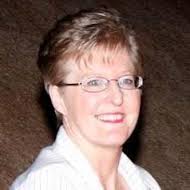 South Africa is doing some amazing research but cannot share it globally because of restrictive copyright laws or unreasonable policies and embargo periods set by publishers. South African authors cannot become known and cited if their works are locked up behind expensive paywalls, accessible only to a limited audience. South African students and researchers also need access to the best international and local up-to-date journals, books and other research to be able to contribute new knowledge in their fields. This is the reason open access is so crucial for South Africa and other developing countries.
South Africa is doing some amazing research but cannot share it globally because of restrictive copyright laws or unreasonable policies and embargo periods set by publishers. South African authors cannot become known and cited if their works are locked up behind expensive paywalls, accessible only to a limited audience. South African students and researchers also need access to the best international and local up-to-date journals, books and other research to be able to contribute new knowledge in their fields. This is the reason open access is so crucial for South Africa and other developing countries. Academia depends on verifiable information, and one of the fundamental values of academia is that we share important insights. One of those is that privacy is under siege online, and we need to do better with our passwords, with our social technologies, with our control over personal information. Education, putting our hard-earned knowledge to use, must act as the opposite of the shameless commerce of AshleyMadison.com and its ilk – reconstituting in the individual affect the public virtue for which it substitutes. Czech writer Milan Kundera urged: "When it becomes the custom and the rule to divulge another person’s private life, we are entering a time when the highest stake is the survival or the disappearance of the individual." But he was writing about surveillance-riddled totalitarian Czechoslovakia in 1975, not about the United States in 2015.
Academia depends on verifiable information, and one of the fundamental values of academia is that we share important insights. One of those is that privacy is under siege online, and we need to do better with our passwords, with our social technologies, with our control over personal information. Education, putting our hard-earned knowledge to use, must act as the opposite of the shameless commerce of AshleyMadison.com and its ilk – reconstituting in the individual affect the public virtue for which it substitutes. Czech writer Milan Kundera urged: "When it becomes the custom and the rule to divulge another person’s private life, we are entering a time when the highest stake is the survival or the disappearance of the individual." But he was writing about surveillance-riddled totalitarian Czechoslovakia in 1975, not about the United States in 2015.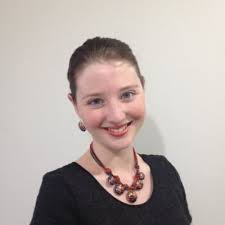 Intel has announced the release Stephen Hawking's speech system as open source, encouraging innovation and improvements that could open up the technology to people with physical disabilities throughout the world. Stephen Hawking, who is probably one of the best scientific minds of our time, was diagnosed with ALS at the age of 21. This slowly paralyzed him and eventually took his ability to talk, but with the help of a unique speech system, he found his voice again...
Intel has announced the release Stephen Hawking's speech system as open source, encouraging innovation and improvements that could open up the technology to people with physical disabilities throughout the world. Stephen Hawking, who is probably one of the best scientific minds of our time, was diagnosed with ALS at the age of 21. This slowly paralyzed him and eventually took his ability to talk, but with the help of a unique speech system, he found his voice again...
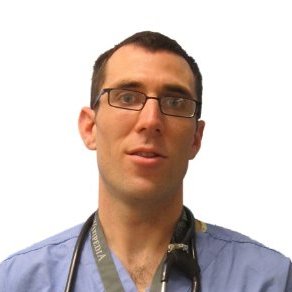 The success of PubMed Central and the many open access journals in making medical knowledge openly available to researchers has been immense. Nothing similar has yet been done for clinicians. Our immediate goal should be to provide accessible, high-quality medical information that is easily searchable and usable at the point of care (Box 1). Using for-profit POC medical summaries as a yardstick, this would involve the putting together of 5,000 to 10,000 overview articles. To have global impact, this content would need to be available in languages comprehensible by the majority of the world’s health care providers. It would need to be updated on a regular basis and available in multiple formats, including on the web, as e-books, and in spoken form. It would also need to be freely readable, including without data charges in the developing world.
The success of PubMed Central and the many open access journals in making medical knowledge openly available to researchers has been immense. Nothing similar has yet been done for clinicians. Our immediate goal should be to provide accessible, high-quality medical information that is easily searchable and usable at the point of care (Box 1). Using for-profit POC medical summaries as a yardstick, this would involve the putting together of 5,000 to 10,000 overview articles. To have global impact, this content would need to be available in languages comprehensible by the majority of the world’s health care providers. It would need to be updated on a regular basis and available in multiple formats, including on the web, as e-books, and in spoken form. It would also need to be freely readable, including without data charges in the developing world. Working replicas of expensive scientific equipment could be made for a fraction of conventional cost using cheap 3-D printers, possibly saving developing world labs thousands of dollars each time, says a researcher whose book on the subject was published last year. This and similar advances mean the age of appropriate technology — affordable, sustainable solutions designed and built to meet local needs — may be here, argues Joshua Pearce, a materials science and engineering professor at Michigan Technological University, United States, in an article in Physics World magazine.
Working replicas of expensive scientific equipment could be made for a fraction of conventional cost using cheap 3-D printers, possibly saving developing world labs thousands of dollars each time, says a researcher whose book on the subject was published last year. This and similar advances mean the age of appropriate technology — affordable, sustainable solutions designed and built to meet local needs — may be here, argues Joshua Pearce, a materials science and engineering professor at Michigan Technological University, United States, in an article in Physics World magazine.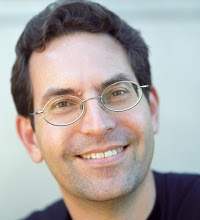 As we gather together stakeholders for strategic planning of next year’s priorities, what are we hearing and what we have learned? 1. Clinicians are overwhelmed by the current demands of Meaningful Use, hundreds of quality measures, population health, care management, and patient/family engagement. All of these are good ideas individually but the sum of their requirements overwhelms providers. In an era when we’re trying to control costs, adding more clinical FTEs to spread the work over a large team is not possible. The end result is that providers spend hours each night catching up on the day’s documentation and are demanding better tools/automation to reduce their strain.
As we gather together stakeholders for strategic planning of next year’s priorities, what are we hearing and what we have learned? 1. Clinicians are overwhelmed by the current demands of Meaningful Use, hundreds of quality measures, population health, care management, and patient/family engagement. All of these are good ideas individually but the sum of their requirements overwhelms providers. In an era when we’re trying to control costs, adding more clinical FTEs to spread the work over a large team is not possible. The end result is that providers spend hours each night catching up on the day’s documentation and are demanding better tools/automation to reduce their strain.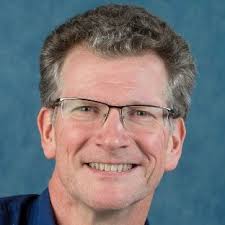 There are four rules to understand when building products out of open source software. A product team (engineering, product management, marketing) needs to understand these rules to participate best in an open source project community and deliver products and services to their customers at the same time. These four rules are the start of all other discussions about the open source product space...
There are four rules to understand when building products out of open source software. A product team (engineering, product management, marketing) needs to understand these rules to participate best in an open source project community and deliver products and services to their customers at the same time. These four rules are the start of all other discussions about the open source product space...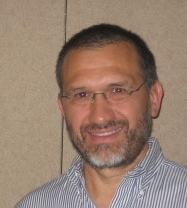 Advances in sensor technology and microelectronics have opened new opportunities in the health and life sciences industries. Wearable sensors allow for continuous bio-monitoring without any manual intervention, thus reducing provider-patient interaction and costs while contributing improvements in the quality of the data...The broad adoption of biosensors by consumers, combined with advances in Nano and Cloud technologies are expected to radically change the way research is conducted by the Life Science industry, improving patient recruiting and monitoring, while lowering development and therapy cost.
Advances in sensor technology and microelectronics have opened new opportunities in the health and life sciences industries. Wearable sensors allow for continuous bio-monitoring without any manual intervention, thus reducing provider-patient interaction and costs while contributing improvements in the quality of the data...The broad adoption of biosensors by consumers, combined with advances in Nano and Cloud technologies are expected to radically change the way research is conducted by the Life Science industry, improving patient recruiting and monitoring, while lowering development and therapy cost.